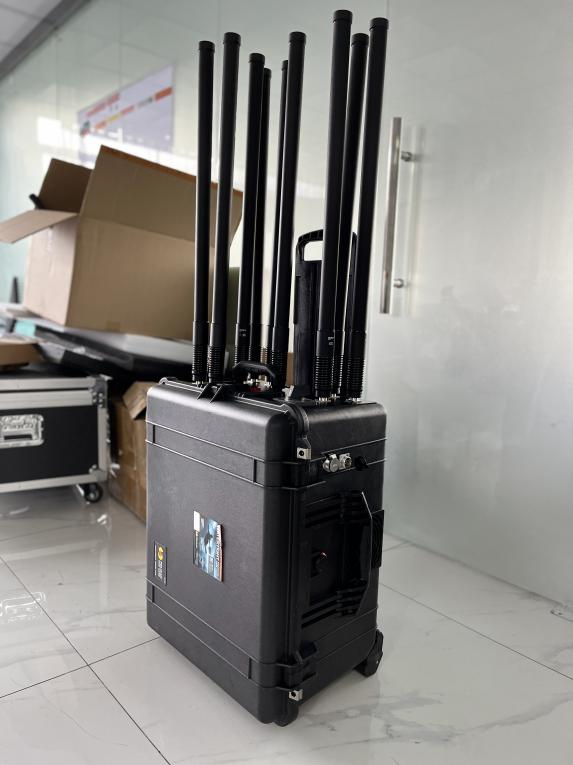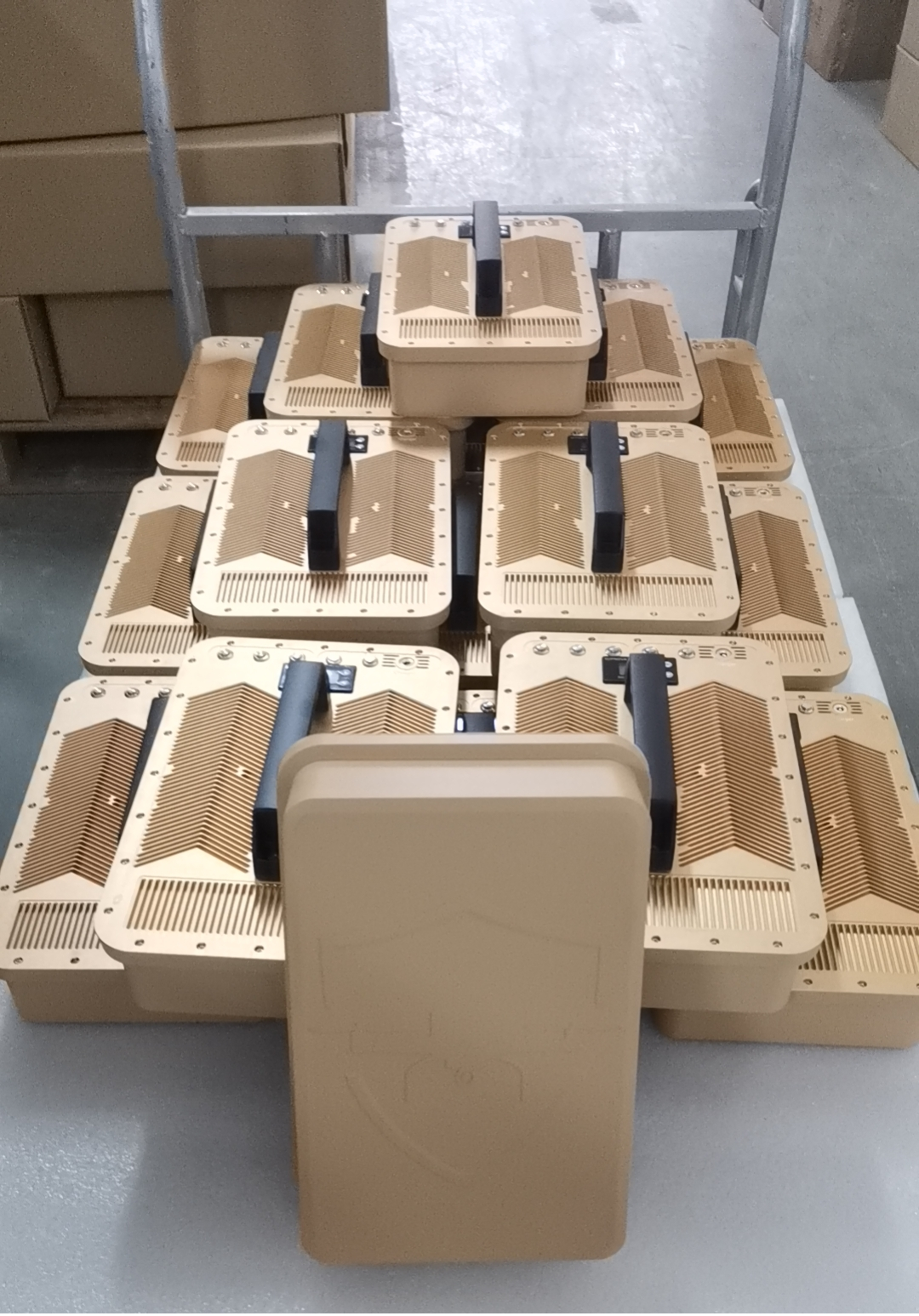
- English
- Español
- Português
- русский
- Français
- 日本語
- Deutsch
- tiếng Việt
- Italiano
- Nederlands
- ภาษาไทย
- Polski
- 한국어
- Svenska
- magyar
- Malay
- বাংলা ভাষার
- Dansk
- Suomi
- हिन्दी
- Pilipino
- Türkçe
- Gaeilge
- العربية
- Indonesia
- Norsk
- تمل
- český
- ελληνικά
- український
- Javanese
- فارسی
- தமிழ்
- తెలుగు
- नेपाली
- Burmese
- български
- ລາວ
- Latine
- Қазақша
- Euskal
- Azərbaycan
- Slovenský jazyk
- Македонски
- Lietuvos
- Eesti Keel
- Română
- Slovenski
- मराठी
- Srpski језик
How to use digital phased array radar technology to respond to drone swarm threats?
2023-11-18
Digital phased array radar technology can quickly identify and locate multiple drone targets through electronic scanning, thereby achieving monitoring and strike against drones. With the popularization of drone technology and the increase in malicious use, the demand for anti drone technology is also increasing, and the global anti drone market is expected to grow rapidly in the coming years.
The rapid development of drone technology has led to the increasingly widespread application of drones in military and civilian fields. In the military field, drones can be used for reconnaissance, surveillance, strike and other tasks, thereby reducing soldier casualties and improving combat efficiency. In the civilian field, drones can be used for aerial photography, freight transportation, agriculture, scientific research, and other fields, which can improve work efficiency and reduce costs.


The rapid development of drone technology has also brought some negative impacts, such as drone attacks, drone aircraft collisions, drone smuggling, and other issues, posing a certain threat to social and national security. Therefore, it is necessary to strengthen the supervision and management of drones, while also developing more advanced anti drone technologies to ensure the safety of society and the country.
Technical measures need to be taken to prevent the threat of drones being used by criminals. For example, advanced radar systems can be used to detect the position and speed of drones, as well as drone jammers can be used to interfere with drone signals and control links.
In addition, drone interceptors can also be used to intercept and destroy drones. In terms of policy measures, relevant laws and regulations can be formulated to restrict the use of drones, such as regulating the flight altitude and flight area of drones, and strictly regulating the registration and management of drones. In addition, regulation of drone manufacturers and sellers can be strengthened to ensure that they do not sell drones to criminals.
The development of drone technology has had a certain impact on traditional radar technology. Traditional radar technology is mainly used to detect and track large aircraft, such as airplanes and missiles, while the emergence of drones requires radar systems to adapt to smaller, faster, and more difficult to detect targets. Therefore, traditional radar technology needs to be improved and upgraded to adapt to the characteristics of drones.


The development direction of future radar technology mainly includes the following aspects:
1. Digital beamforming: Digital beamforming technology can achieve simultaneous operation of multiple beams, improving the detection efficiency and target tracking ability of radar systems.
2. Multifunctional radar: In the future, radar systems will have various functions, such as target detection, tracking, recognition, and jamming, to meet the needs of different application scenarios.
3. Adaptive signal processing: The radar system will adopt adaptive signal processing algorithms to adapt to complex electromagnetic environments and changes in target characteristics.
4. Radar networking: In the future, radar systems will be networked, and multiple radar systems can collaborate with each other to complete tasks together.
5. Fusion of radar with other sensors: Radar will be integrated with other sensors (such as optics, infrared, sonar, etc.) to improve the accuracy and reliability of target detection and recognition.
In short, the development of future radar technology will move towards digitization, multifunctional, adaptive, networked, and integrated directions to cope with increasingly complex electromagnetic environments and diverse target demands.
